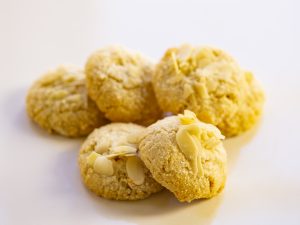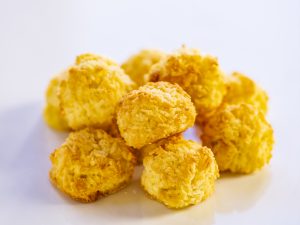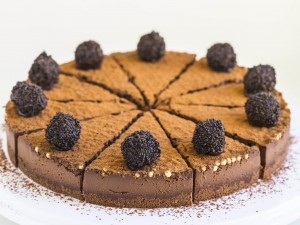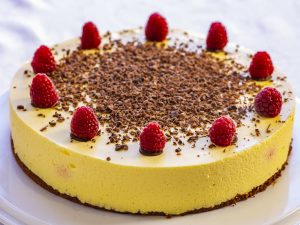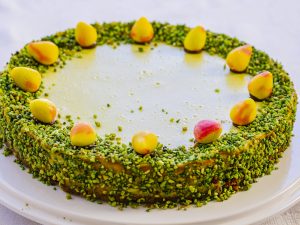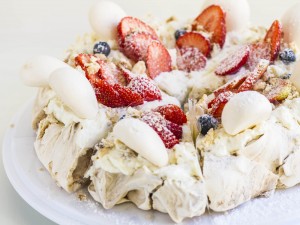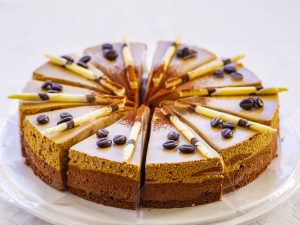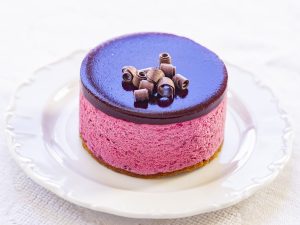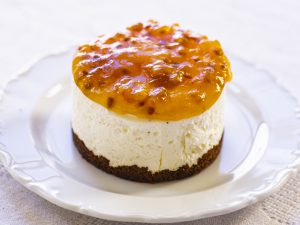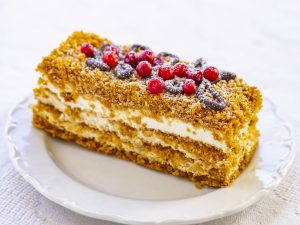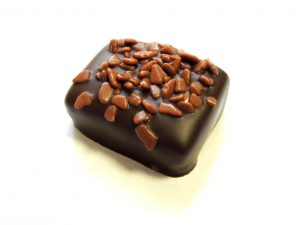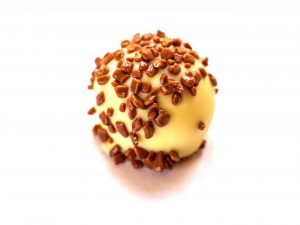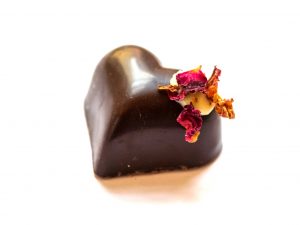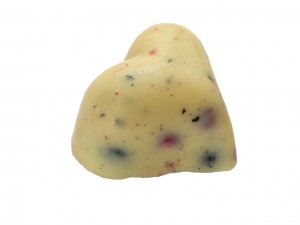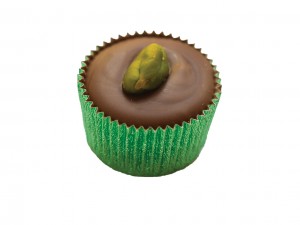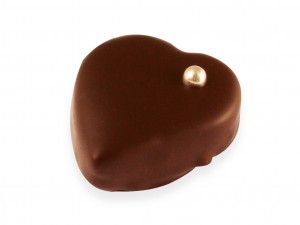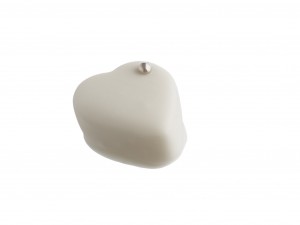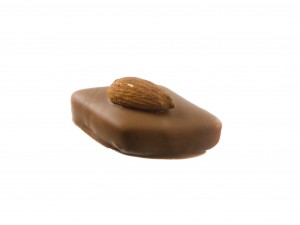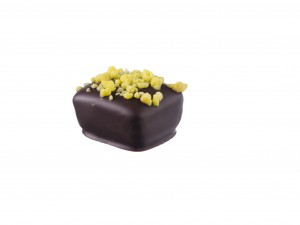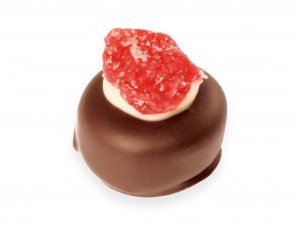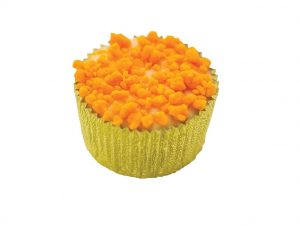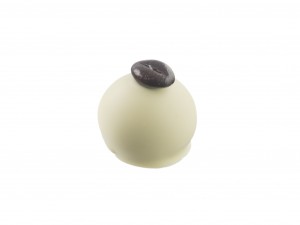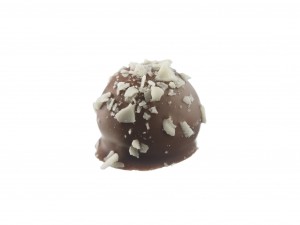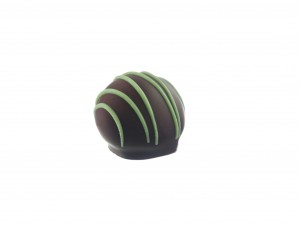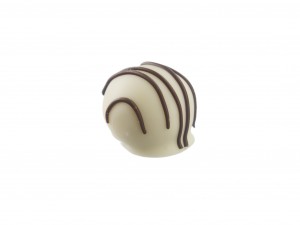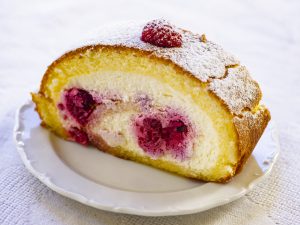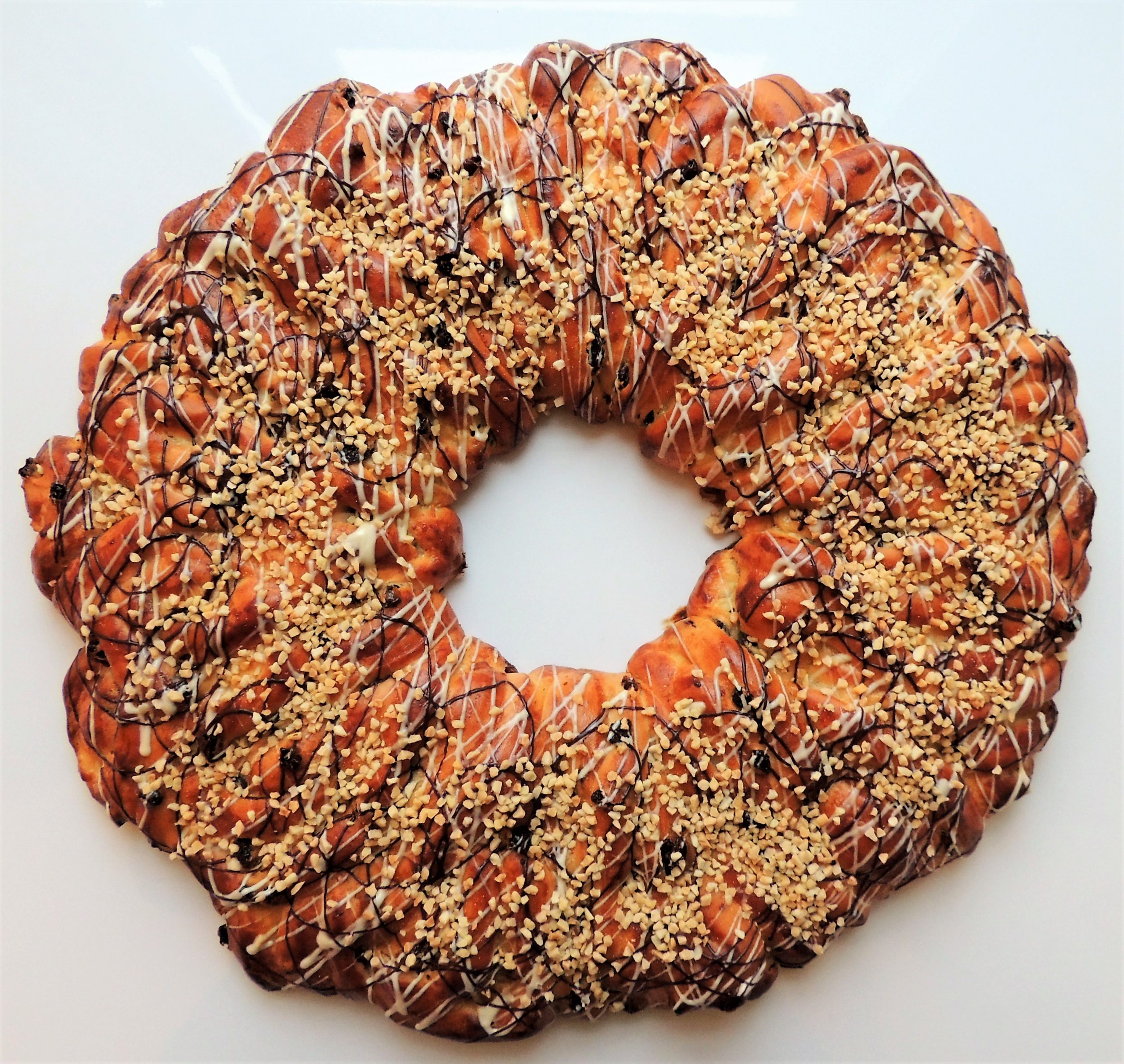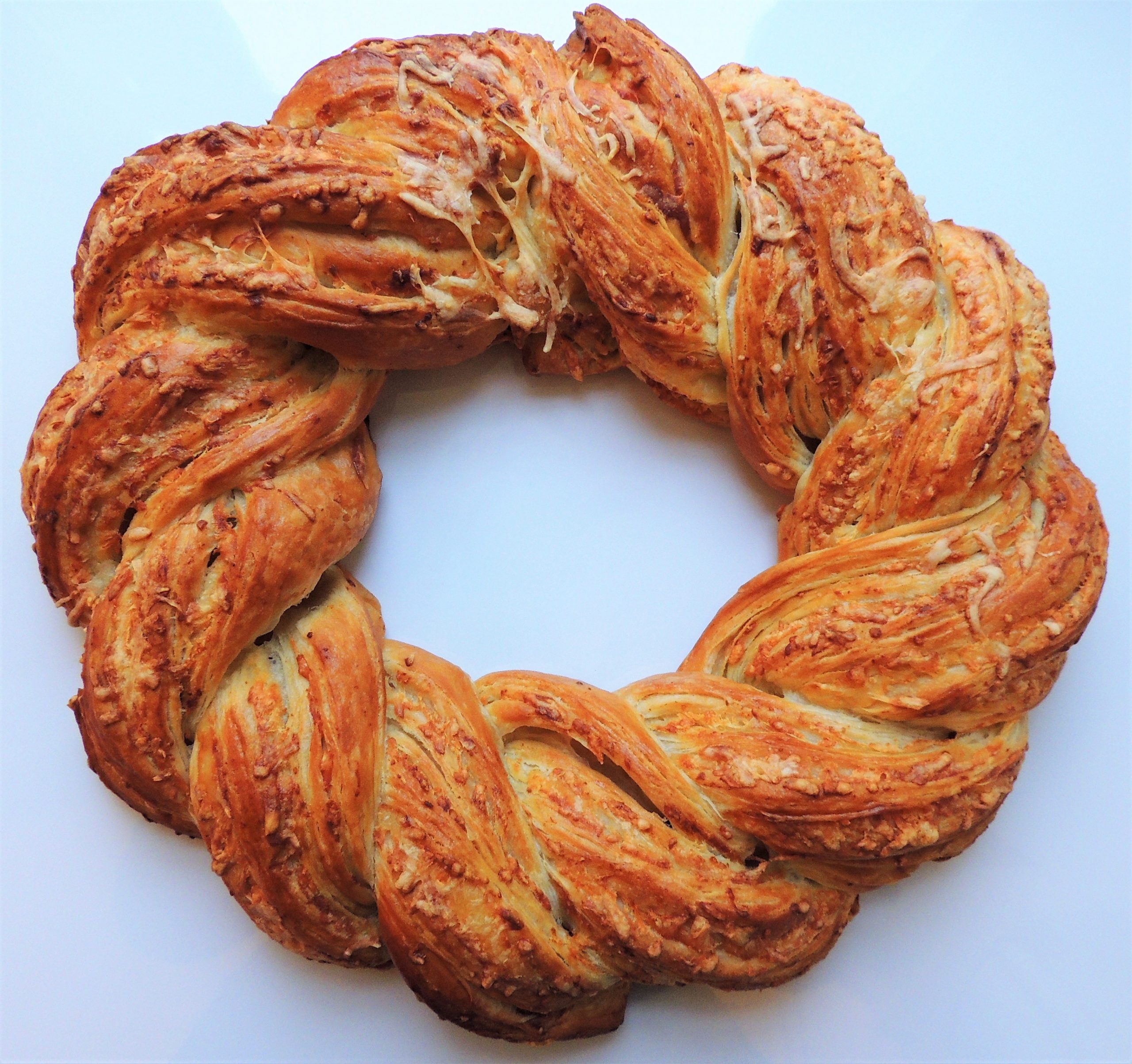
One of the oldest sweets made in Estonia already in the medieval times is marzipan – a sweet made of almonds and powdered sugar. Old Hanseatic towns Reval (now Tallinn) and Lübeck are both convinced that the honour of inventing marzipan belongs to their town. Nobody remembers the absolute truth about the origin of marzipan, but this does not diminish the value of it for those having a sweet tooth. Marzipan, which was first meant to serve as a medicine, is made exactly the same way nowadays as hundreds of years ago.
Like all the substances having more or less healing qualities, marzipan also was originally made in pharmacies. More precisely, in the oldest continuously operating pharmacy of Europe – The Town Hall Pharmacy of Tallinn, which was first mentioned already in 1422. According to locally well known legend, marzipan was invented by a journeyman of this pharmacy. The legend was widely popularised by the book “Mardileib” (“Martin’s bread”) by Jaan Kross.
In price lists of pharmacies from 1695 marzipan is included under the name of Panis Martius (also Marci Panis). There is also an order from the 17th century made by this pharmacy to a sculptor from Netherlands Arent Passer for stone moulds for marzipan. One of the moulds depicts the big coat of arms of Tallinn with lions and the other the small cross-shaped coat of arms. Both suited well for making nice presents to the aldermen.

During the existence of gilds in Hanseatic period the making of marzipan went into the hands of sugar-bakers, from the 18th century known as confectioners. One of them, a Swiss confectioner of the III Gild Lorenz Cavietzel went into history by buying a building in Pikk Street and opening a café“Maiasmokk” (Sweet Tooth) where marzipan was made among pastries. The café is still there. he place gathered more fame in the second half of the 19th century when the confectionery came into possession of Georg Stude, who renovated and expanded it by buying a neighbouring house and starting a confectionery and chocolate industry there.
The exclusive marzipan products by Geog Studes’s factory had high reputation in the Estonian and Livonian provinces, even the court of the Russian tsar in St Petersburg was their client. Until the beginning of the World War I, the products of Stude’s factory were also sold in the company’s store in Moscow. As a result of severe historical turns, the factory was nationalised in 1940, but luckily the tradition of making marzipan figures did not disappear. Now they were made in the biggest confectionery factory “Kalev”. Soon the “governors” from the Kremlin started to like the fruits, vegetables, statues of birds and animals, postcards with the views of the city and cakes made of marzipan. Especially fond of them was Leonid Brezhnev, thus before his 70th and 75th birthday the marzipanmakers had to work overtime and on weekends to satisfy the huge demand from Moscow.
The moulds from Stude’s factory and technology of making the marzipan statues are still in use in the contemporary confectionery factory Kalev. The figures are made by hand and painted by brush with the food colouring paints. Therefore each figure is unique and reveals a piece of the painter’s heart.







